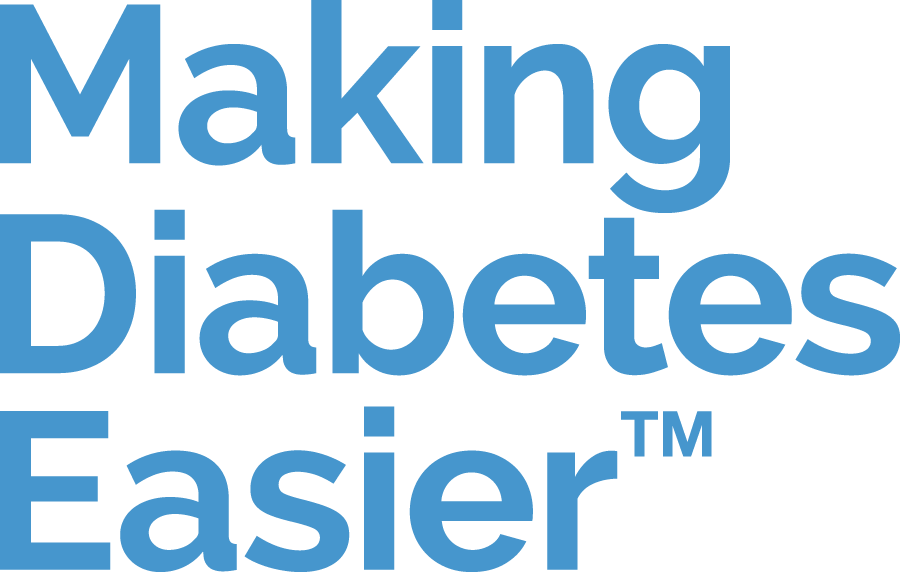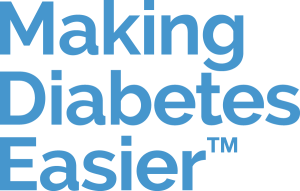How to read and understand food labels when managing diabetes
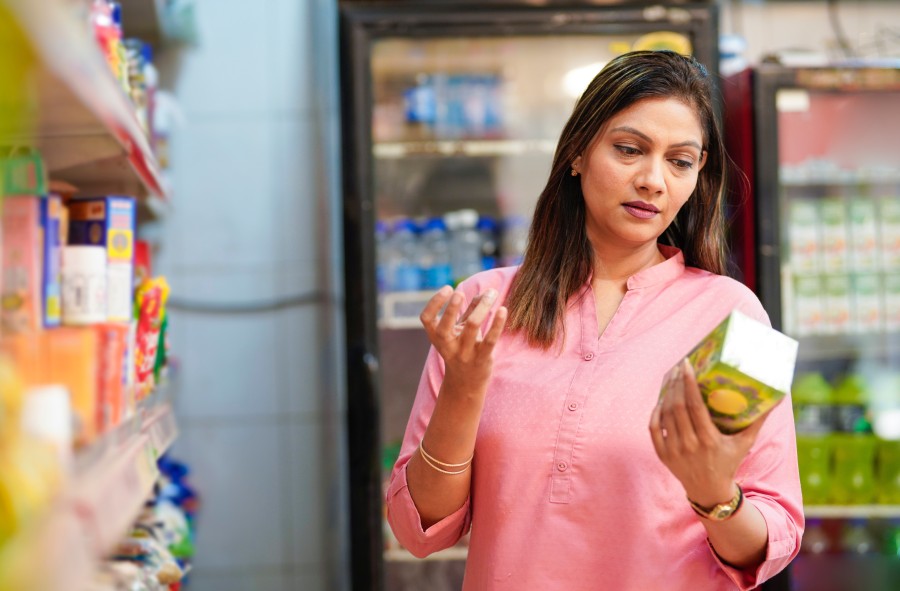
How to read and understand food labels when managing diabetes
For people with diabetes, understanding food labels can help those who want to eat healthily and understand their nutritional choices.1
But food labels aren’t always easy to decipher. So how do you go about decoding food labels when you have diabetes?
Is nutrition labelling the same in all countries?
In short, not quite. International organisations, such as the World Health Organization (WHO), offer guidance for governments to create food labelling systems, but countries aren’t legally obligated to follow the recommendations or use a specific type of label.2,3
Various countries have slightly different food labelling systems. For example, some use only numbers and proportions to show how much of the recommended daily nutrient intake is in a product, without providing an interpretation of those amounts.2
Other countries use a colour-coded system to show when a food has a low, medium or high content of a nutrient (for instance, the colour red used to indicate that a product is high in saturated fat or salt).2
Some countries also have specific regulations in place which state that food packaging should mention allergens, while others don’t follow such rules.4
International consensus on food labels
The WHO and the Food and Agriculture Organization of the United Nations (FAO) recommend that the labels of pre-packaged foods should include the following, among others:5
- The list of ingredients, in decreasing order of weight (from highest to lowest)
- Any allergens and additives
- A brief colour-coded reference guide that makes nutritional contents quick and easy to recognise
The food label should also state:5
- The amount of energy per 100 g or 100 ml, or the amount of energy in a recommended portion, expressed in kilocalories (kcal) and kilojoules (kJ)
- The number of grams of protein, carbohydrate and fat per 100 g or per 100 ml of the food, or per suggested portion
- The vitamins and minerals contained, expressed in metric units (grams, milligrams or micrograms) and/or as a percentage of the nutrient reference value (or daily value) per 100 g, per 100 ml or per package (if the package contains a single portion)
How to read food labels
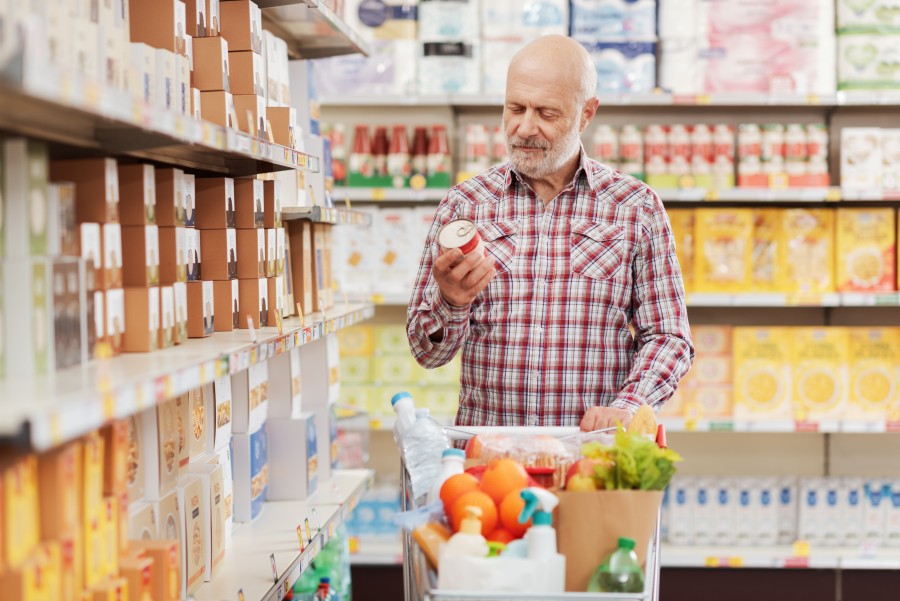
How to read food labels
Reading food labels helps those with diabetes to stay on top of their condition, help with carb counting and keep blood glucose levels in range.6
But food labels can be confusing. Studies show that people with diabetes often don’t really use food labels, or struggle to quickly calculate the nutrients they need based on food labelling, regardless of their literacy or numeracy skills.1,6
One specific aspect of food labels that people struggle with is colour coding.6
Colour coding: what does it mean?
Generally, in many countries, food packaging uses the following colour code system:2
- Red to show high proportion of a nutrient, such as sugar or fat
- Amber or yellow to show a medium proportion of a nutrient
- Green to show a low proportion of a nutrient
The picture below shows one example of the type of ‘quick reference guide’ that you might find on the front of food packaging.
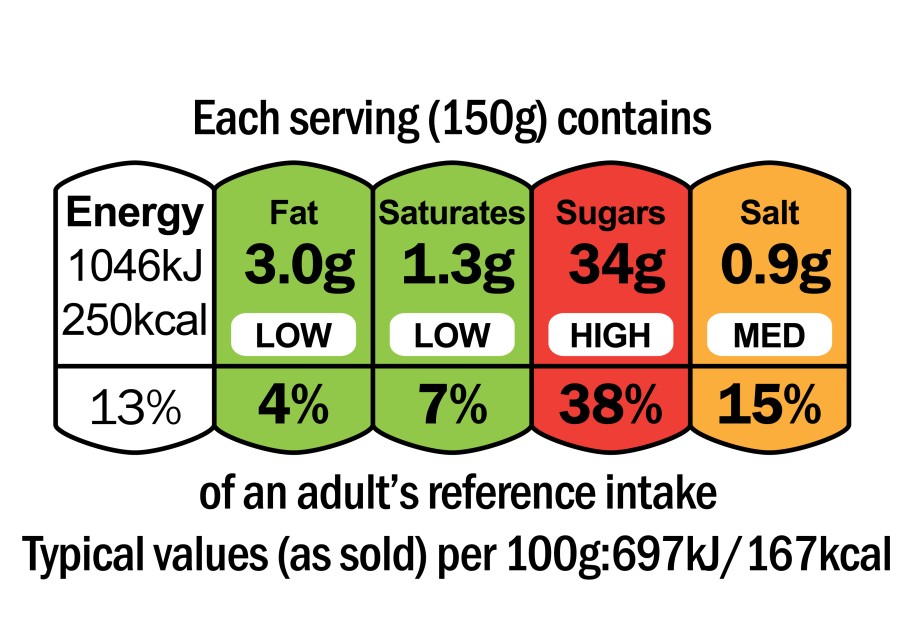
Colour coding: what does it mean?
It’s a good idea to choose food items with more green and amber colour references, as these are often a better choice for a well-balanced diet.6
However, just because a food has an amber or red-coloured label doesn’t automatically make it ‘bad’ for you.6 In fact, people with diabetes sometimes over-restrict some foods that are healthy (or at least, not harmful) for them, such as feta or eggs, assuming that red labels mean they should be avoided altogether.6
The colour coding system is there to show you how much of a nutrient there is in a type of food – it’s up to you to choose foods that are higher in the nutrients you want and lower in the nutrients you’d like to reduce or avoid.7
A note on daily values
Daily values (also called daily reference values, daily allowances or nutrient reference values) are amounts of nutrients generally recommended to maintain a healthy, balanced diet.7 However, it’s important to remember that daily values are general concepts, not recommendations for specific individuals.8
Individual dietary recommendations can vary, and they’re usually based on a person’s:8
- Age
- Gender
- Level of physical activity
- Dietary habits
- Genetics
- Physiological status (for example, pregnancy)
If you want to find out your ideal daily reference value, it’s best to consult your healthcare team or a nutritionist.9
Daily values are also calculated based on a 2,000-calorie daily intake, but each person will likely need a different amount of calories and nutrients (due to factors like age, gender, level of physical activity, and so on).8,9
What is the difference between ‘kJ’ and ‘kcal’?
‘Kilocalories’ (or ‘kcals’ for short), commonly referred to as just ‘calories’, are what we usually refer to when we calculate the energy units of a food.10
Specifically, 1 calorie is the amount of heat or energy that’s needed to raise the temperature of 1 g of water by 1 degree Celsius (°C).10
‘Kilojoules’ (or ‘kJs’ for short) are the metric system’s counterpart to calories.10 1 kcal is equal to about 4.2 kJ.10
Simple vs. complex carbohydrates
When reading food labels, it’s important to understand the difference between simple and complex carbohydrates, as they affect blood glucose levels in different ways:11
- Simple, or ‘fast’, carbohydrates (such as sugars, fruits and sweets) have a high glycaemic index and can therefore be rapidly digested, which can lead to high blood glucose
- Complex, or ‘slow’, carbohydrates (such as brown rice and beans) have a lower glycaemic index and cause smaller, slower increases in blood glucose
Looking out for hidden sugars with diabetes
Reading food labels is also a great way to tell whether a food contains any added sugar.12 But, while you may expect that some foods contain added sugars (like chocolate, sweets or fizzy drinks), other foods might surprise you.
Here are some examples of foods that may contain ‘hidden’ sugars:12
- Pasta sauces, tomato sauce, barbecue sauce and ketchup
- Yoghurt
- Breakfast cereals and granola
- Peanut butter and other kinds of nut butter
- Salad dressings
- Protein bars
Reading food labels is a great way to maintain a balanced diet, which in turn, can help you make choices about how you manage your diabetes.1
Understanding colour coding, nutrients proportions, types of carbohydrates and how to spot ‘hidden’ sugars can all help you when choosing foods.
Sources
- Lee SJ, Han MA, Park J, Ryu SY. Utilization of nutrition labels and related factors among patients with diabetes in Korea. Nutr Res Pract. 2023;17(2):297-306. DOI: 10.4162/nrp.2023.17.2.297.
- UNICEF. Front-of-Pack Nutrition Labelling: A ‘How-to’ Guide for Countries. Accessed 14 July 2024. Available at: https://www.unicef.org/media/118716/file
- FAO. Are Codex standards mandatory? Accessed 14 July 2024. Available at: https://www.fao.org/fao-who-codexalimentarius/about-codex/faq/faq-detail/en/c/454753/
- Martini D, Menozzi D. Food labeling: analysis, understanding, and perception. Nutrients. 2021;13(1):268. DOI:10.3390/nu13010268.
- FAO/WHO. Codex Alimentarius, Food Labelling, 5th edition. Accessed 14 July 2024. Available at: https://openknowledge.fao.org/items/83a4f13a-b506-48ff-bd77-8e75c7e6fe93
- McClinchy J, Dickinson A, Wills W. 'Feta is obviously very dangerous stuff looking at all those reds': Can nutrition labelling help people living with type 2 diabetes to self-manage their condition? J Hum Nutr Diet. 2023;36(4):1131-1143. DOI: 10.1111/jhn.13152
- FAO. Handbook on food labelling to protect customers. Accessed 14 July 2024. Available at: https://openknowledge.fao.org/server/api/core/bitstreams/71b7d4e0-966e-45c5-9f74-da5ebc133f66/content
- European Food Safety Authority. Dietary reference values. Updated: 19 June 2024. Accessed: 14 July 2024. Available at: https://www.efsa.europa.eu/en/topics/topic/dietary-reference-values#faq
- ADA. Reading Food Labels. Accessed: 14 July 2024. Available at: https://diabetes.org/food-nutrition/reading-food-labels/making-sense-food-labels
- Sciencedirect. Kilocalorie - An overview. Accessed: 14 July 2024. Available at: https://www.sciencedirect.com/topics/engineering/kilocalorie
- Gołąbek KD, Regulska-Ilow B. Dietary support in insulin resistance: An overview of current scientific reports. Adv Clin Exp Med. 2019;28(11):1577-1585. DOI: 10.17219/acem/109976
- Centers for Disease Control and Prevention (CDC). Spotting Hidden Sugars in Everyday Foods. Updated 17 June 2024. Accessed 14 July 2024. Available at: https://www.cdc.gov/diabetes/healthy-eating/spotting-hidden-sugars-in-everyday-foods.html
